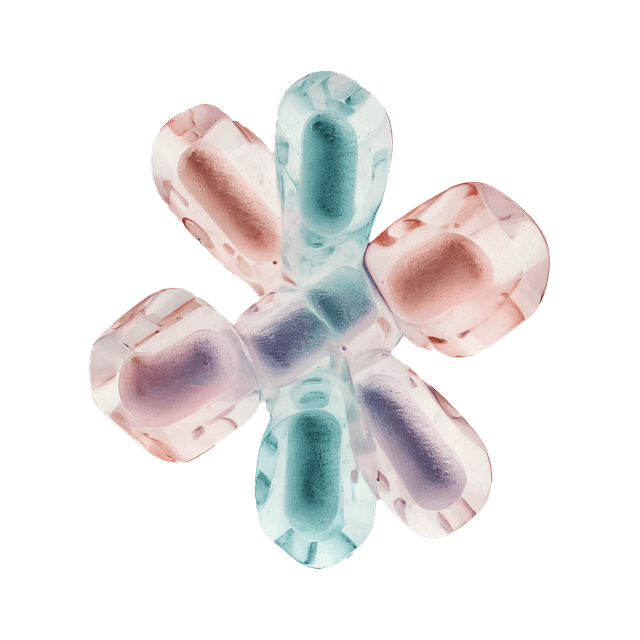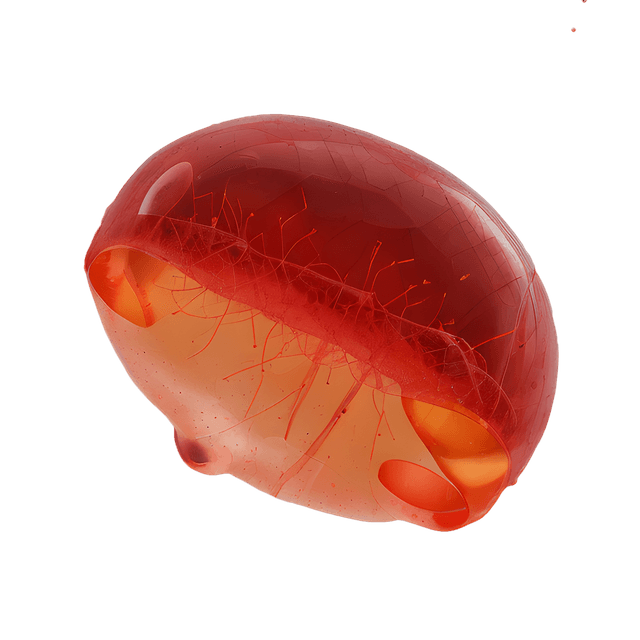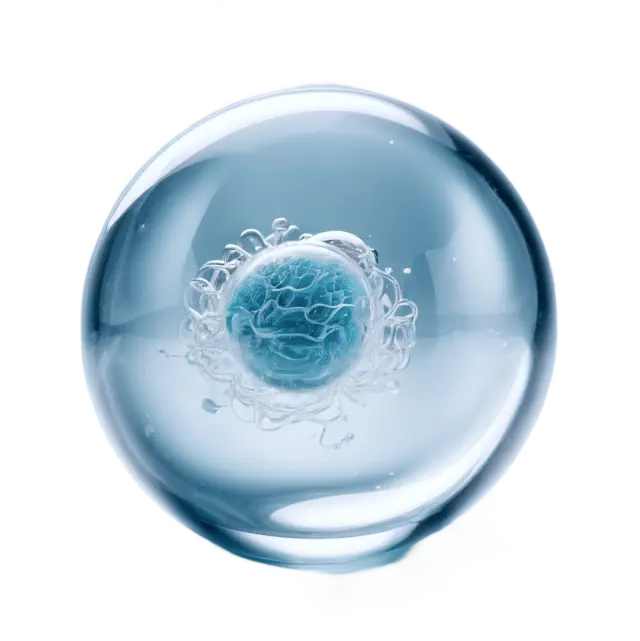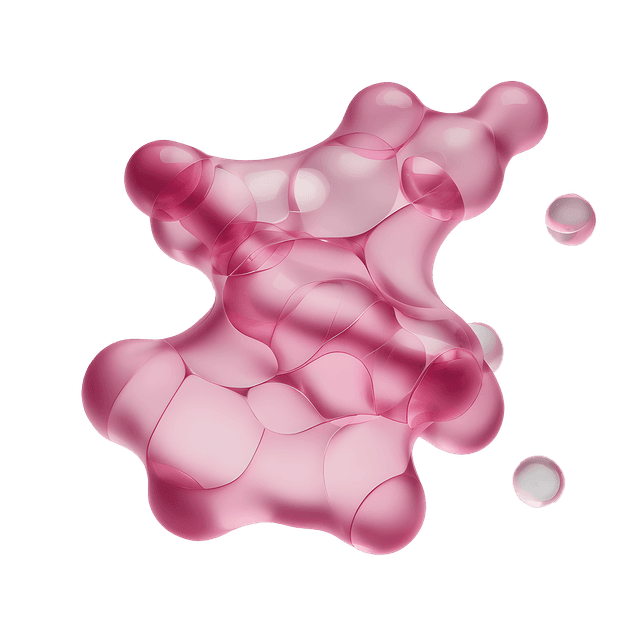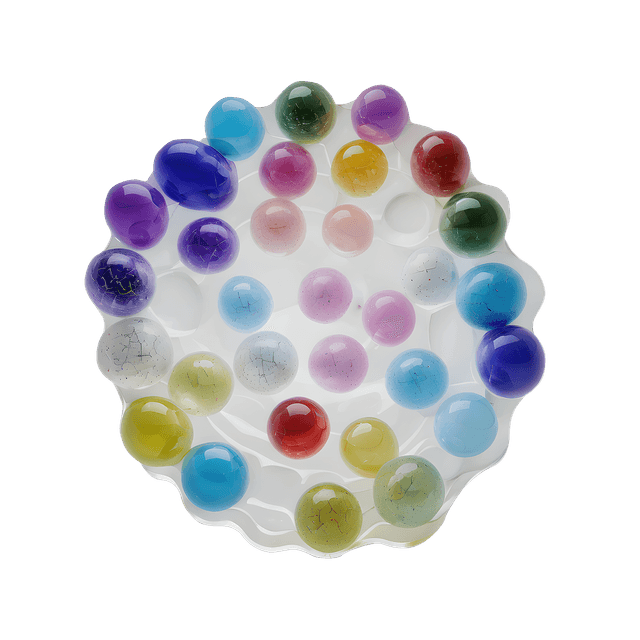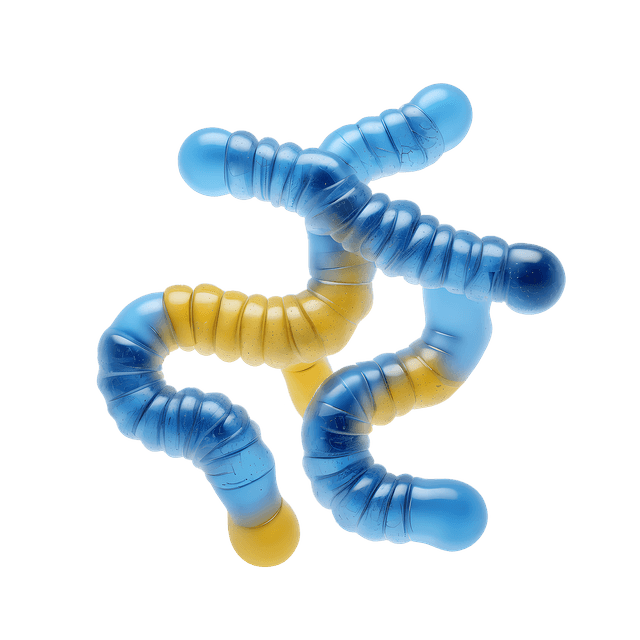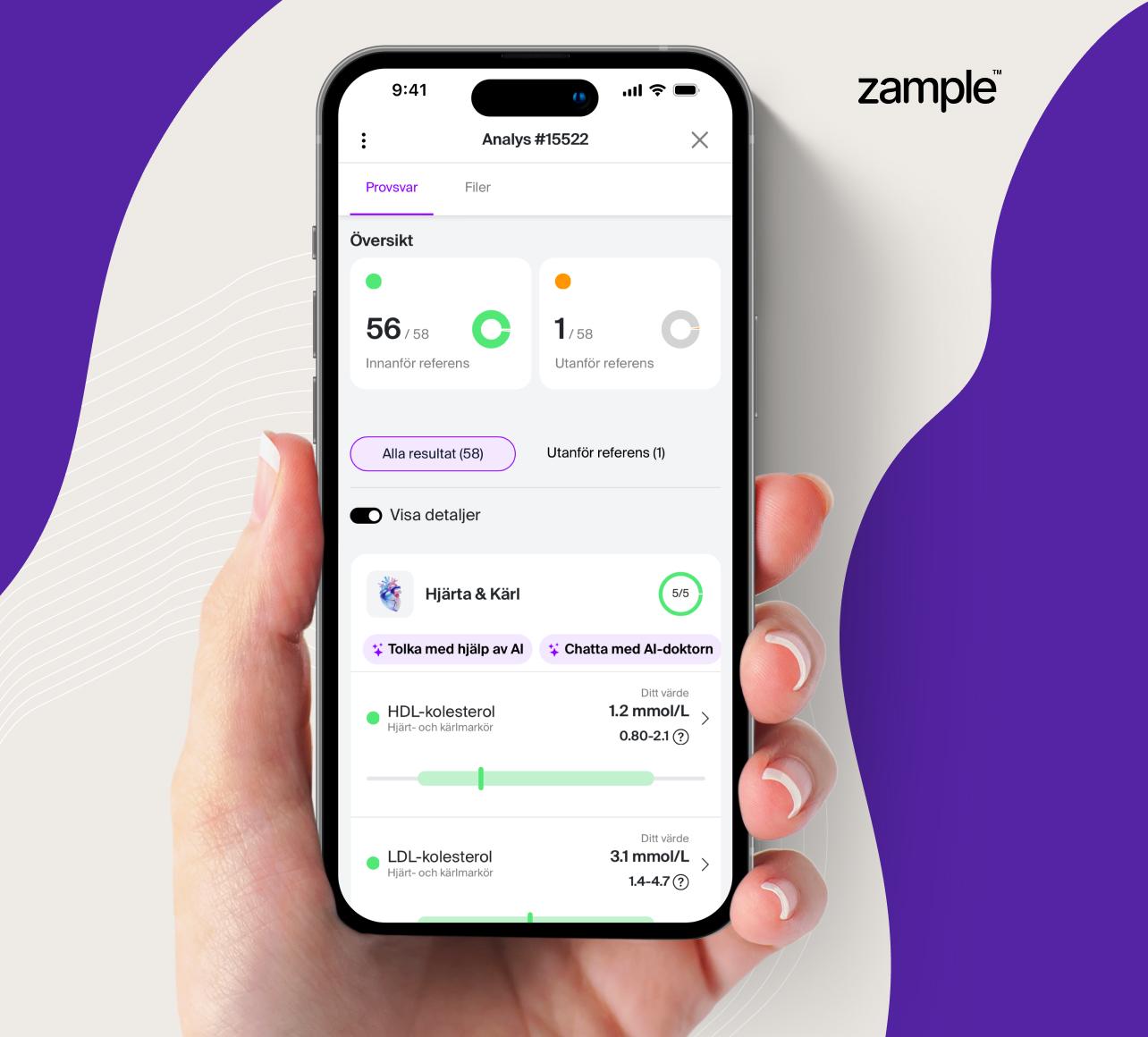Blood test for the investigation of salivary gland and pancreatic function – S-Amylase
The S-Amylase test measures the levels of the enzyme amylase in the blood. Amylase is an important enzyme that helps the body break down carbohydrates and is produced mainly in the salivary glands and pancreas. By analyzing your S-Amylase levels, you can obtain information about any diseases or inflammations in these organs.
Elevated levels of S-Amylase may indicate that the salivary glands or pancreas are affected, for example in the event of inflammation or blockage. The analysis is mainly used to investigate abdominal pain or suspected salivary gland disease. Provided that there is suspicion of pancreatic disease, such as in acute pancreatitis, specific analyses such as S-Pancreatic Amylase and S-Lipas are also recommended for a more comprehensive picture.
S-Amylase testing is recommended for salivary gland disease
S-Amylase is particularly useful in investigating diseases of the salivary glands, such as inflammation or blockage. When the salivary glands are affected, such as with infection or stone disease, amylase levels in the blood may increase. The test can also provide guidance in cases of abdominal pain where pancreatic involvement is suspected. If you are experiencing discomfort in the facial area or upper abdomen, S-Amylase testing can help identify the cause.
Symptoms or discomfort of abnormal S-Amylase levels
Elevated concentrations of S-Amylase can be related to the following symptoms and complaints:
- Pain in the upper abdomen.
- Nausea and vomiting.
- Swelling or tenderness of the salivary glands.
- Fever in case of infection of the salivary glands.
- Rapid onset of abdominal pain in case of pancreatitis.
Low levels of S-Amylase can indicate:
- Chronic inflammation of the pancreas (chronic pancreatitis)
- Reduced enzyme production in cystic fibrosis
- More severe liver diseases
Reference intervals for S-Amylase
Please note that the reference values below may vary slightly depending on the laboratory.
- 4–17 years: 0.35–1.25 µkat/L
- ≥18 years: 0.40–2.00 µkat/L
Want to find out if your amylase levels are normal? Request a referral today and get professional help interpreting your results.


